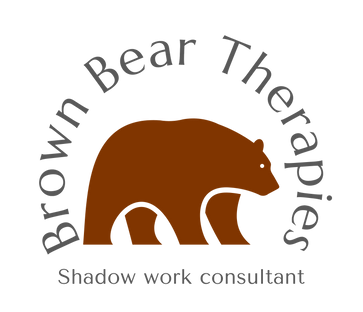
Reiki Healing
Reiki healing is a form of complementary therapy that involves transferring universal energy from the practitioner’s palms to the client’s body. Reiki healing is based on the belief that energy can stagnate or become blocked in the body due to physical injury or emotional pain, and that restoring the flow and balance of energy can promote relaxation, reduce stress, relieve pain, speed healing and enhance well-being.
Reiki healing can be used for any condition or situation, as it works on every level: physical, mental, emotional and spiritual. Some of the reported benefits of Reiki healing are:
-
Bringing on a meditative state.
-
Fostering tissue and bone healing after injury or surgery.
-
Stimulating the immune system.
-
Promoting natural self-healing.
-
Supporting the well-being of people receiving traditional medical treatments such as chemotherapy, radiation, surgery or kidney dialysis.
-
Creating feelings of peace, relaxation, security and wellness.
Reiki healing does not replace traditional treatments but complements them by enhancing their efficacy and reducing their side effects. Reiki healing should not be used as a substitute for consulting a physician or a psychotherapist.
A Reiki healing session typically involves:
-
The client sitting in a comfortable chair or lying on a table, fully clothed.
-
The practitioner placing their hands lightly on or over specific areas of the client’s head, limbs and torso for 3–10 minutes each. The practitioner may also hold their hands just above an injury or wound without touching it.
-
The client feeling warmth, tingling or nothing at all from the practitioner’s hands. The client may also experience sensations such as colours, images or emotions during the session.
-
The practitioner sensing when to move their hands to another area by feeling a change in temperature or energy flow in their hands. The practitioner may also follow a standard sequence of hand positions or use their intuition to guide them.
-
The client and the practitioner giving feedback to each other after the session about what they felt and experienced. The client may also receive some advice on how to maintain their well-being after the session.
A Reiki healing session can last from 15 minutes to an hour depending on the needs of the client. A Reiki healing session can be done alone or with a group of people. A Reiki healing session can be done in person or at a distance using symbols and intention.
To become a Reiki healer , one must receive attunements (or initiations) from a qualified Reiki master who can trace their lineage back to Mikao Usui , who developed Usui Reiki Ryoho ,the most current form of Reiki ,in 1922 . There are three levels of attunements : Level 1 , Level 2 and Master Level . Each level teaches different aspects of Reiki theory , practice , symbols and ethics . After receiving attunements , one must practice regularly to develop their skills and sensitivity as a Reiki healer.